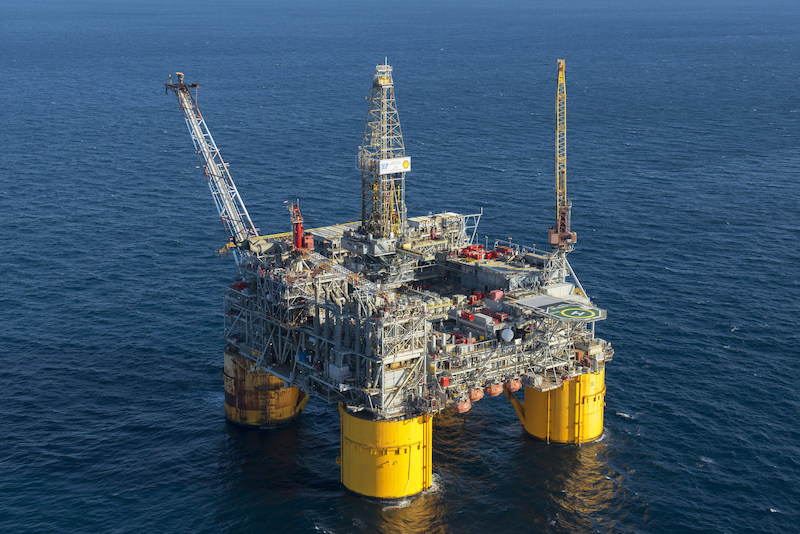As Tropical Storm Cristobal heads toward the U.S. Gulf Coast, sending offshore workers and equipment scurrying out of its way, it isn’t the only storm endangering the offshore energy business.
Debt and a fall off in activity are decimating company cash flows and balance sheets. Without cash flow, solving the debt issue becomes impossible without significant financial restructuring.
While managements would love to renegotiate their loan and bond indentures with lenders in private, most of the action will be done under bankruptcy protection. The outcome will be companies with new owners, as debt is swapped for equity, leaving current shareholders with little or no value. New company directors, and often new management, are also part of the restructuring process. The former debt-holders, and now new shareholders, are driven by one goal — recapture as much of their loan value through improved share prices and/or sale of equipment. For them, it becomes a race to see how quickly the industry’s and company’s fortunes improve, and the holders desire to generate cash returns.
A recent presentation by Rystad Energy analysts offered a sobering outlook for the floating rig segment of offshore drilling, and implicitly the entire business. Their view of the industry’s future was supported by comments from Seadrill chief executive Anton Dibowitz earlier this week during the company’s first quarter earnings call. He summarized the problems facing Seadrill and all offshore drillers: “This industry has two fundamental challenges which are emphasized by recent events — there are too many rigs carrying too much debt … a number of our assets are increasingly unlikely to return to the market and need to be scrapped. Assets across the industry also carry debt levels which are unlikely to be sustainable and consequently we should expect to see substantial indebtedness being converted into equity.”
This problem was identified by Rystad. It showed that beginning in 2015, following the 2014 oil price drop, E&P companies’ exploration spending no longer tracked their cash flow, a first for the industry. As exploration and greenfield development spending accounts for 38% and 39%, respectively, of spending on floating drilling rigs, the change in E&P company philosophies for managing their long-term future has cut in half the market for these rigs.
Rystad calculated that the ratio of customers to floater companies is now one-to-one. As a result, drilling contractor pricing leverage doesn’t exist, jeopardizing future rig utilization and earnings. Without cash flow, debt restructurings will follow. Longer term, this will drive industry consolidation. Rystad says the floater industry went from 15 to 11 contractors following the acquisitions by Transocean and Valaris. It now says the industry may be headed to only four contractors. If correct, there’s a hurricane’s worth of pain and suffering ahead for the industry, something it can’t avoid.




